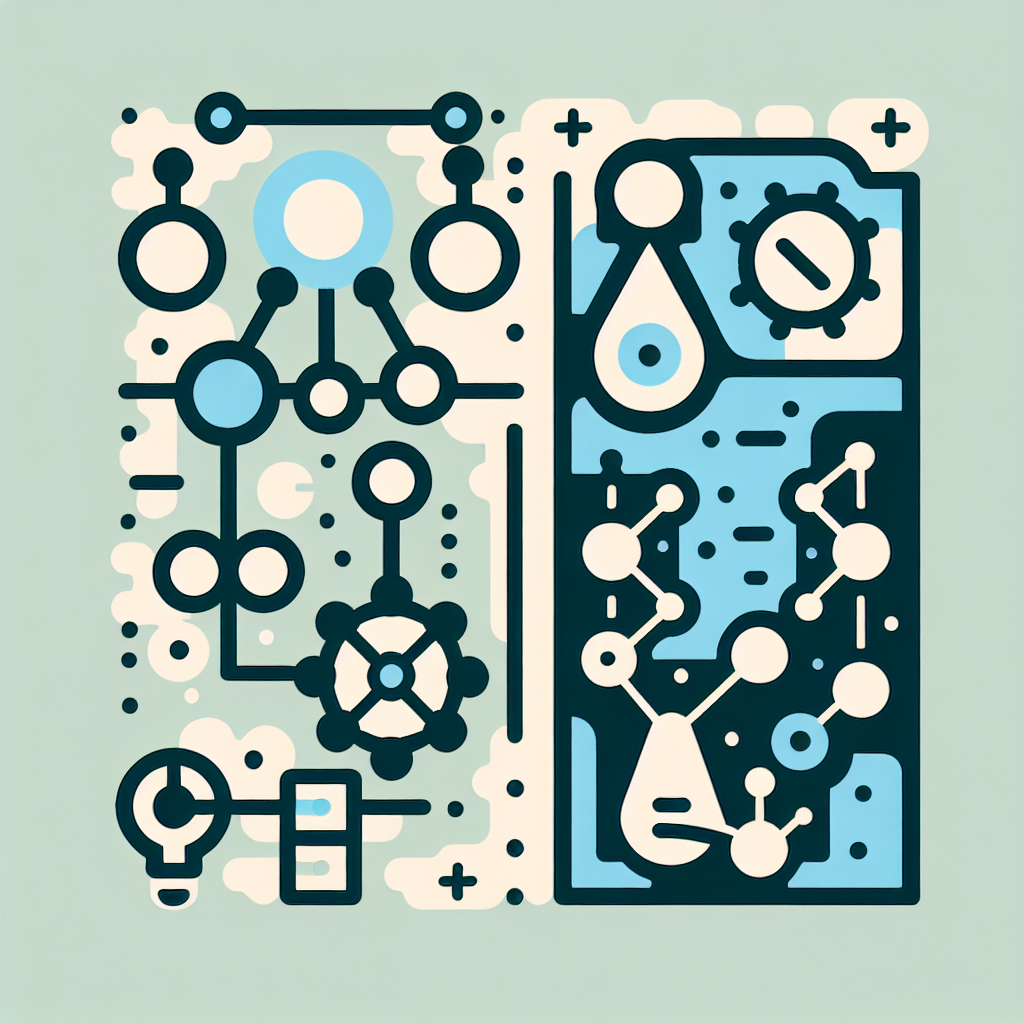Your cart is currently empty!
GNN: Bridging the Gap Between Graph Theory and Machine Learning

Graph Neural Networks (GNNs) have emerged as a powerful tool for bridging the gap between graph theory and machine learning. By combining the rich structural information encoded in graphs with the power of deep learning, GNNs have shown great promise in a wide range of applications, from social network analysis to drug discovery.
At their core, GNNs are neural networks that operate on graph-structured data. Unlike traditional neural networks, which operate on grid-like data such as images or text sequences, GNNs are designed to handle data that can be represented as graphs, where nodes represent entities and edges represent relationships between them.
One of the key challenges in applying deep learning to graph-structured data is that traditional neural network architectures are not well-suited to handle the irregular and sparse nature of graphs. GNNs address this challenge by defining a message-passing scheme that allows nodes to aggregate information from their neighbors in the graph. By iteratively passing messages between nodes, GNNs are able to capture the complex interactions and dependencies that exist within the graph.
One of the key strengths of GNNs is their ability to learn from both the node features and the graph structure. This allows GNNs to capture both local and global patterns in the data, making them particularly well-suited for tasks such as node classification, link prediction, and graph clustering.
In recent years, GNNs have been successfully applied to a wide range of real-world problems. For example, in social network analysis, GNNs have been used to predict user behavior and identify communities within the network. In bioinformatics, GNNs have been applied to drug discovery, protein function prediction, and molecular property prediction. In recommendation systems, GNNs have been used to model user-item interactions and make personalized recommendations.
Despite their success, GNNs still face a number of challenges. One of the main challenges is scalability, as GNNs can be computationally expensive to train on large graphs. Additionally, interpreting the decisions made by GNNs can be difficult, as their black-box nature makes it hard to understand how they arrived at a particular prediction.
Overall, GNNs represent an exciting and rapidly growing field at the intersection of graph theory and machine learning. By leveraging the rich structural information encoded in graphs, GNNs have the potential to revolutionize a wide range of applications and drive new advancements in artificial intelligence. As researchers continue to develop new architectures and algorithms for GNNs, we can expect to see even more impressive results in the years to come.
#GNN #Bridging #Gap #Graph #Theory #Machine #Learning,gnn

Leave a Reply